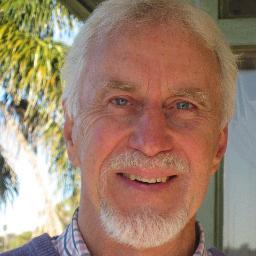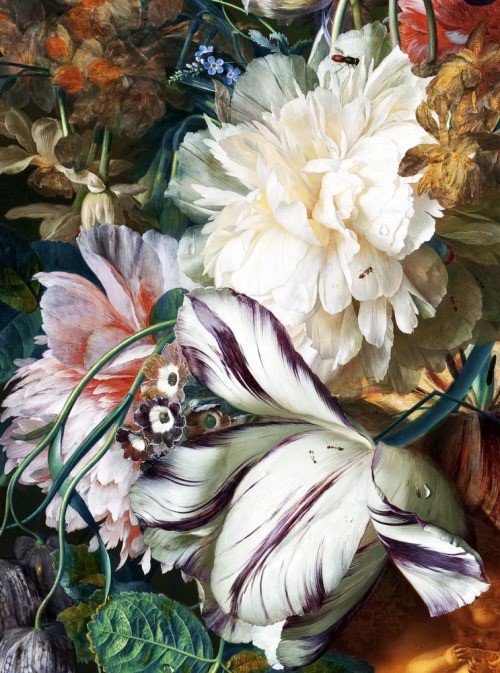French-educated, British-based Edmund Dulac was a talented book illustrator in the early 20th century ~ here are examples of his work on The Princess & the Pea / The Little Mermaid / Gerda and the Reindeer
Amsterdam-based artist Berndnaut Smilde’s ingenious ‘sculptures’ only last for 10 seconds ~ not surprising, really, as they’re effectively indoor clouds, made just of smoke (from a smoke-machine) and water vapour (from a spray-bottle)
https://t.co/yRyv75ncPu
Tune out the noise of the outside world and lose yourself in these details from Dutch artist Jan van Huysum’s flower paintings of the 1720s, with the occasional snail, insect or water droplet to keep you company
Over a century ago, art collector Antonin Personnaz used the revolutionary new Autochrome process, invented by Lumière Brothers, to produce dream-like, light-filled photographic images, such as this of a painter with companions on the banks of the Oise River in France (1907-14)
Chen Renqian’s beautifully detailed ink-and-watercolour paintings of tropical fruiting plants ~ here, Plantains and Lychees
Cuban painter Tomás Sánchez’s serene idyll of a verdant tree-island surrounded by still waters is almost meditative (Aislarse, 2001). If you contemplate this long enough, you may notice the tiny figure of a man standing at the edge of the forest
Following our recent post on ocean wildlife as depicted by Adolphe Millot, senior illustrator at the Museum of Natural History in Paris, here are two more of his posters teeming with flowers, plants & birds, and a detailed view at far R
Milan-based identical twins Anna and Elena Balbusso work side-by-side in creating illustrations, with a dash of whimsy and surrealism, for books, magazines and newspapers
https://t.co/Xl1jyivTfx
Little-known 17th-century artist Orsola Maddalena Caccia was a nun and abbess who ran an artistic workshop at her convent in Piedmont. Her own art has now become more generally recognised ~ here’s her Fruit and Flowers (1630), Metropolitan Museum of Art, New York
On his exile to Elba, Napoleon vowed to return to Paris the next year, just as his favourite flower, the violet, did each spring. Here, Jean Canu celebrates that return in March 1815 by hiding silhouettes of Napoleon, his son & 2nd wife Marie Louise in a bunch of violets
























